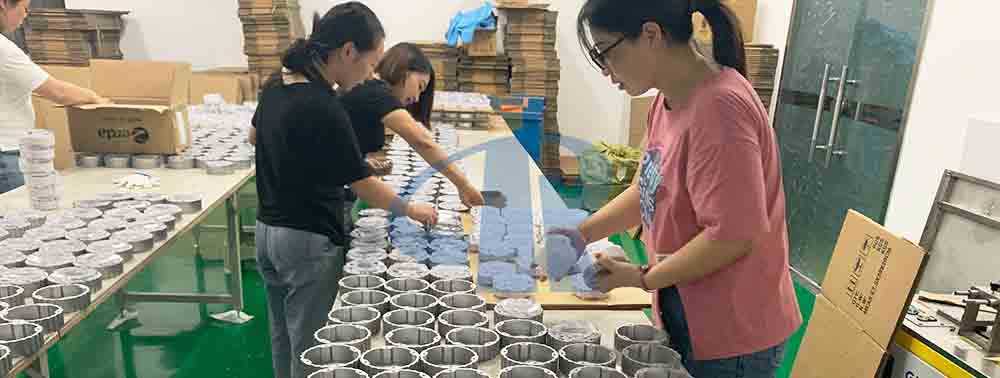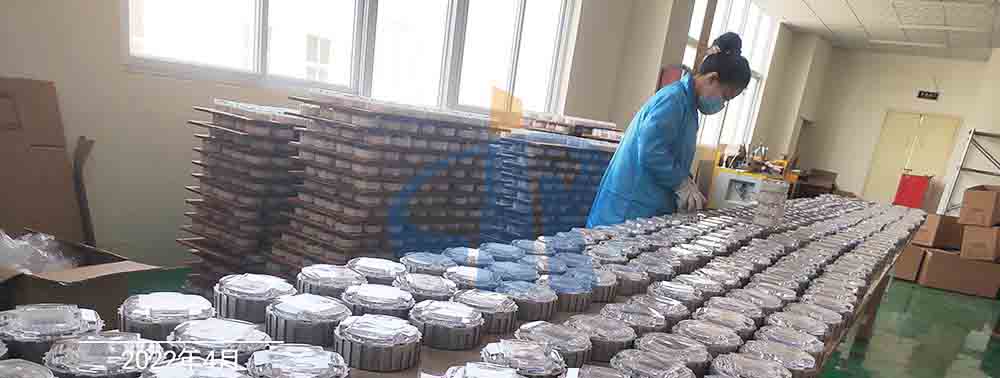In that year, I received a drawing from a Zhejiang engineering company about solar intelligent
Road Studs. It is required not to cut grooves in the road surface, and it is also required to achieve synchronous flashing. I know there is no such technology in China. I called Li Gong and asked about his design ideas, and expressed the following three points of view:

1. Why not use wired solar
Road Studs with grooving and embedding;
2. There is no such technology in China;
3. Can the design be changed.

Li Gong also expressed three views:
1. The installation of
Road Studs grooving is not good for the road;
2. I have seen
Road Studs products with this technology abroad, and I also know that there are currently no products in China, but when I designed them, this kind of demand arose, and manufacturers have to use their brains to develop this kind of product. Foreign countries have them, and China has them as well.
3. Failure is a big deal, do experiments, pay tuition, but never change the design.

For more than ten years, I have seen too many copied and contradictory drawings, but this drawing of the
Solar Road Studs is the most ideal and aspirational design drawing I have ever seen. His design ideas don't just stop at existing technologies and results, he also pushes the entire
solar Road Studs industry forward. It's amazing, no wonder people in Jianghu are called Superman Li Gong.
Later, we did a lot of experiments, and also developed the first generation of wireless control synchronous flashing
Road Studs, and tried it on the Zhejiang Expressway. The final problem was the pressure resistance. So now you all know why I'm so obsessed with
Road Studs' high resistance.
From the beginning to 2009, after two years of unremitting efforts. The compression resistance of the wireless synchronized
Road Studs has been increased from 8 tons to 13 tons. Can be widely used.


